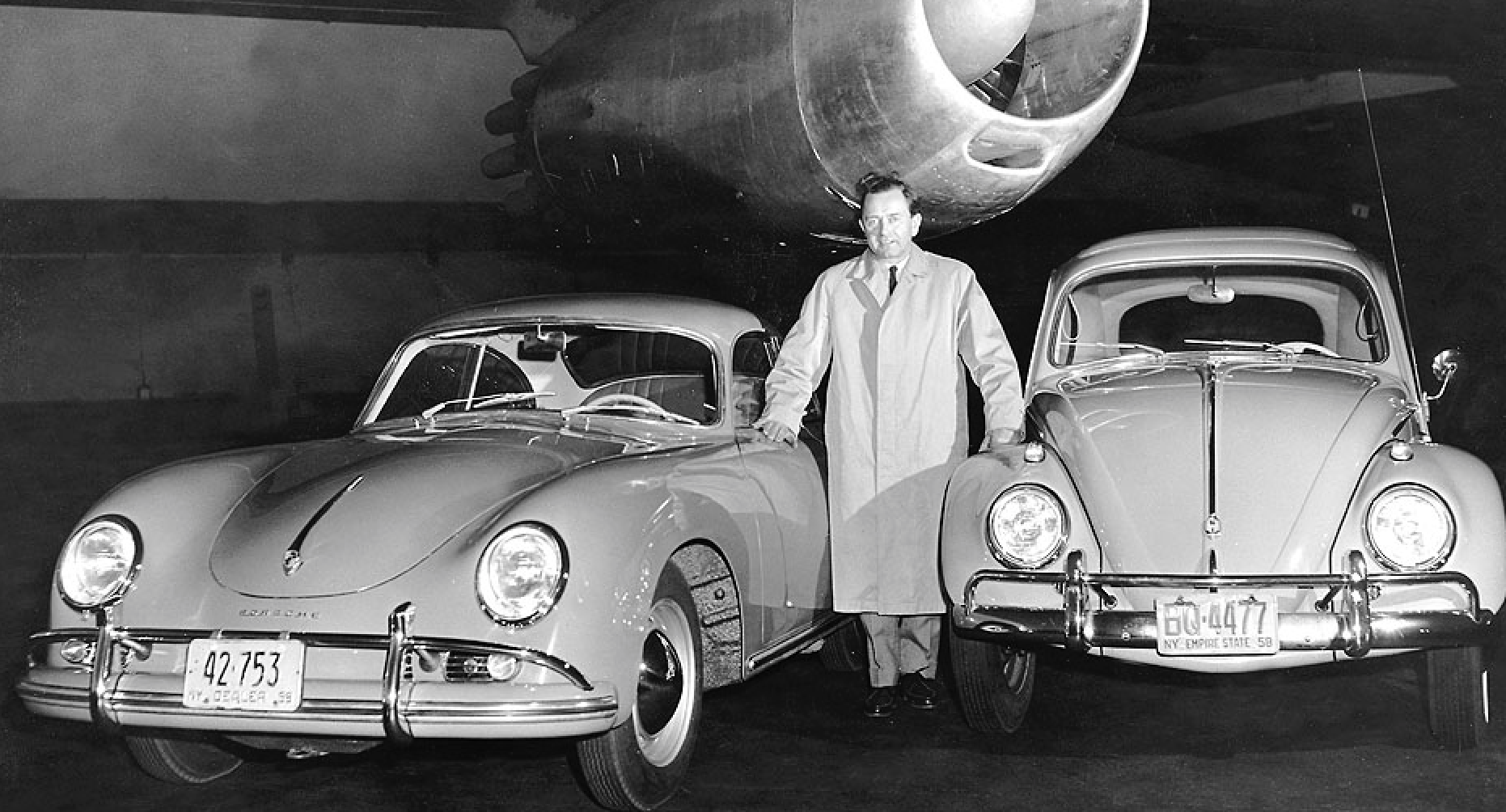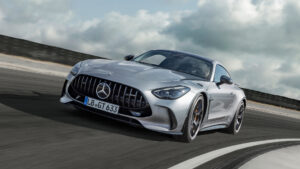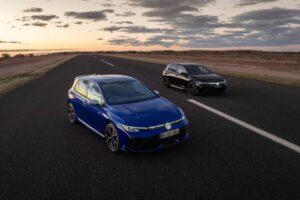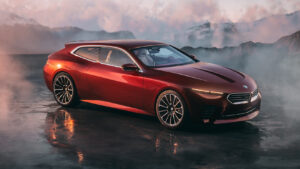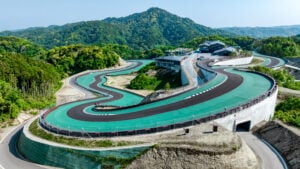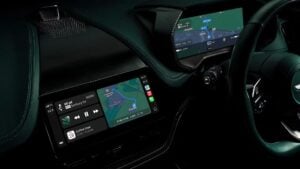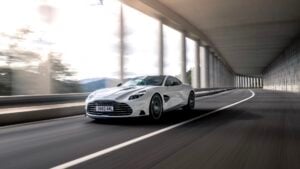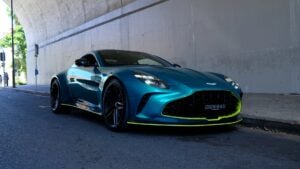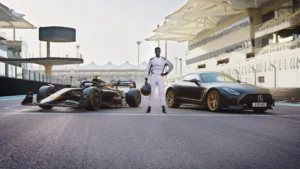The car industry is a massive, complicated place. If you’ve been a car fanatic for long enough, you probably already know that the Bentley’s, Bugatti’s, and Lamborghini’s you had on your wall as posters as a kid were, in fact, VW’s. If you didn’t, newsflash: Volkswagen Group owns Audi, Bentley, Bugatti, Lamborghini, and among others, Porsche.
However, a lesser known fact about the German automotive multinational – that rests easily in the top 10 of the Fortune Global 500 list – is that it’s indirectly majority owned by the Austrian Porsche-Piech family. Porsche, as in the Porsche also owned by Volkswagen AG.
So there you have it. Porsche is both owned by and an owner of Volkswagen Group and vice versa. Here’s a look into how this strange hierarchy happened and what is now housed beneath the massive Volkswagen umbrella.
How We Ended Up Here
When government-owned Volkswagen went private in 1960, the German parliament made some laws to maintain control over the automotive industry. Essentially, these laws stated that any shareholder with more than 20% of ownership (the government held 20.1%) could veto any proposed resolution. This secured government control and prevented the possibility of a hostile takeover in the future.
In 2005, Porsche SE (A German holding company owned by the founding family of Ferdinand Porsche with investments in the automotive industry) began taking a stake in Volkswagen group, continuing until both it and the government had veto rights, with Porsche owning 25.1% by 2006.
In October 2008, after a few years of compiling stock and denying takeover motives, Porsche SE announced that it had acquired 42.6% of VW stock with options for another 31.5%. It said it wanted to go to 75%, a number that would allow it to bring VW AG’s cash position onto its own books.
The result: a market short-squeeze. The government still owned its 20.1% and said it wouldn’t sell. Their shares, combined with the shares owned by Porsche SE, left a precious few available for anyone else. The short sellers scrambled to cover, and the price leapt from about €200 to above €1,000 per share. Volkswagen quickly became, for a short period, the most valuable company in the world.
To complete its plan, Porsche SE had to accept the cash difference between the market price and the price it agreed to pay outstanding stockholders.
In October 2013, the EU Court of Justice finally ruled that a redraft of the Volkswagen law officially ‘complied in full’ with EU rules, making Porsche SE the controlling owner of Volkswagen AG.
For more on this, the New York Times does a great job explaining Porsche’s clever move.
Wait, It’s A Volkswagen?

Above is a chart showing the VW Group’s ownership of a variety of automotive manufacturers. The group sells passenger cars under the Audi, Bentley, Bugatti, Lamborghini, Porsche, SEAT, Skoda and Volkswagen marques; motorcycles under the Ducati brand; and commercial vehicles, trucks, and buses under the marques MAN, Scania, and Volkswagen Commercial Vehicles.
Since this is a massive, complicated family, the members tend to share a trait or two. It’s well known that Audi’s R8 V10 shares its engine with the Lamborghini Huracan. Better yet, here’s one family link you can actually see – the new Audi Q8 against the Lamborghini Urus.
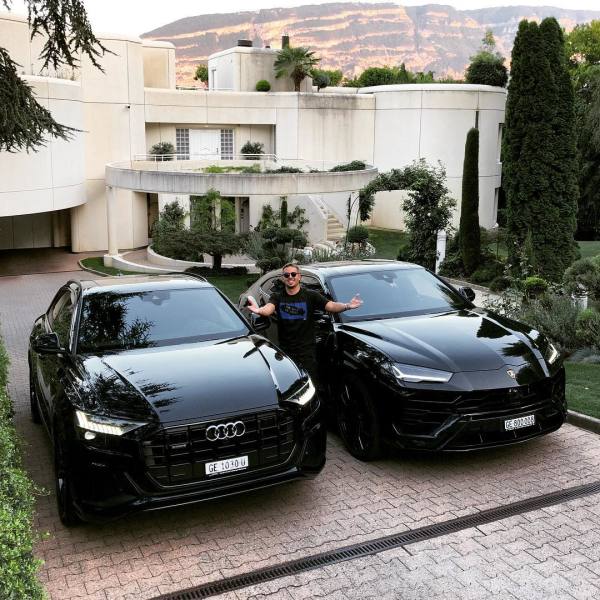
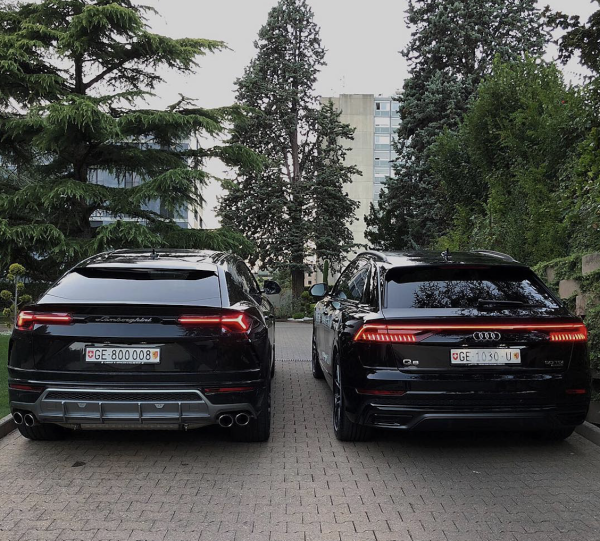
RELATED: Horacio Pagani: A Timeline of Drive, Passion & Excellence
